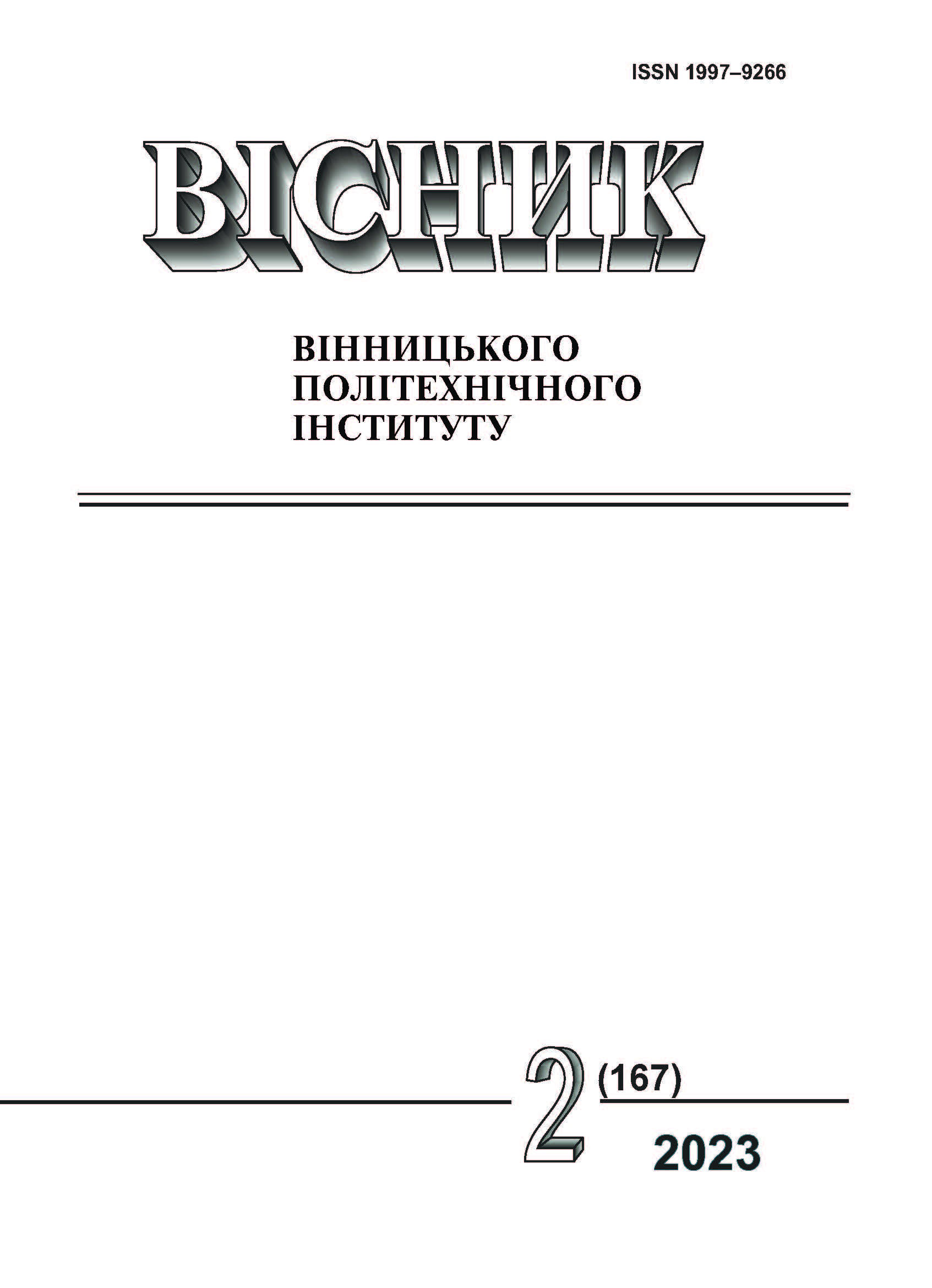Efficiency of Gas-Piston Cogeneration Facilities in the Systems of Centralized Heat Supply
DOI:
https://doi.org/10.31649/1997-9266-2023-167-2-36-41Keywords:
cogeneration, electric energy, thermal energy, gas piston engine, decarbonization, water heating boiler, energy efficiencyAbstract
The process of simultaneous production of thermal and electric energy has greater energy efficiency compared to a separate energy supply scheme, when thermal energy is produced in steam or water-heating boiler houses, and electric energy is supplied from centralized sources — thermal power stations, that contributes to the decarbonization of the energy industry and the slowing down of global warming processes.
The implementation of combined energy supply in centralized heat supply systems provides advantages in terms of diversification and reliability of heat and electric energy supply, reducing the load on the combined power grid, reducing nonuniform loading of the electric power system, and strengthening the country's energy independence.
Water-heating boiler house of a centralized heat supply system was chosen as the object of the study. Conventional fuel saving in case of installation of Jenbacher gas-piston engines on the base of the heating water boiler house was determined. It is shown that the conventional fuel economy is 1.7 %...7.3 % for the cogeneration system in comparison with the separate power supply scheme, which is based on the efficiency indicators of coal-fired thermal power stations. The annual reduction of gross emissions of carbon oxides, sulfur oxides and nitrogen oxides into the environment in case of implementation of decentralized cogeneration was determined.
The effect of the ratio of prices for gas and electricity on the economic efficiency of combined production of heat and electricity using natural gas is determined. It is shown that the use of a cogeneration plant to cover own electrical needs is economically feasible for a price ratio of electric energy and natural gas greater than 2.4. It has been confirmed that cogeneration is economically feasible, but has significant investment payback periods.
References
International Energy Agency (IEA), Energy Efficiency. [Electronic resource]. Available: https://www.iea.org/reports/energy-efficiency .
S. Kusch, Cogeneration (combined heat and power production) in Europe. [Electronic resource]. Available: http://www.sigrid.de/mediapool/55/553823/data/Cogeneration_combined_he.pdf .
Цілі сталого розвитку: Україна (Національна Доповідь 2017). [Електронний ресурс]. Режим доступу: https://www.kmu.gov.ua/storage/app/sites/1/natsionalna-dopovid-csr-Ukrainy.pdf .
Теоретико-прикладні аспекти декарбонізації та розвитку розподіленої електроенергетики України, кол. моногр., М. О. Кизим, Ред. Харків: ФОП Лібуркіна Л. М., 2020, 344 с.
Г. Б. Варламов, Г. М. Любчик, і В. А. Маляренко, Теплоенергетичні установки та екологічні аспекти виробництва енергії, підруч. Київ, Україна: ІВЦ «Видавництво «Політехніка», 2003, 232 с.
Г. Г. Півняк, і Ф. П. Шкрабець, Альтернативна енергетика в Україні. Дніпропетровськ, Україна: НГУ, 2013, 109 с.
Т. І. Скібіна, «Організаційно-економічний механізм стимулювання розвитку когенераційного виробництва енергії в Україні,» Економіка та держава, № 2, с. 136-140, 2015. [Електронний ресурс]. Режим доступу: http://www.economy.in.ua/pdf/2_2015/31.pdf .
І. О. Казарова, «Підвищення ефективності систем енергопостачання за рахунок впровадження когенерації.» дис. канд. техн. наук., Інститут проблем машинобудування ім. А. М. Підгорного НАН України, Харків, 2018.
Закон України «Про комбіноване виробництво теплової та електричної енергії (когенерацію) та використання скидного енергопотенціалу» зі змінами, внесеними Законом України від 21.10.2021. N 1818-ІХ. [Електронний ресурс]. Режим доступу: https://zakon.rada.gov.ua/laws/show/2509-15#Text .
Енергетична стратегія України до 2035 року: «Безпека, енергоефективність, конкурентоспроможність». [Електронний ресурс]. Режим доступу: https://zakon.rada.gov.ua/laws/show/605-2017-%D1%80#Text .
Закон України «Про енергетичну ефективність» зі змінами, внесеними Законом України від 03.11.2022 № 2710-IX. [Електронний ресурс]. Режим доступу: https://zakon.rada.gov.ua/laws/show/1818-20#Text .
С. Й. Ткаченко, М. М. Чепурний, і Д. В. Степанов, Розрахунки теплових схем і основи проектування джерел теплопостачання, навч. посіб. Вінниця, Україна: ВНТУ, 2005, 137с.
М. М Чепурний, і С. Й. Ткаченко, Енергозбережні технології в теплоенергетиці. Вінниця, Україна: ВНТУ, 2009, 114 с.
О. Г. Лялюк, Економіка енергетики : практикум. Вінниця, Україна: ВНТУ, 2009, 118 с.
Когенераційні установки JENBACHER. Технічні характеристики. [Електронний ресурс]. Режим доступу: https://www.kts-eng.com/product/jenbacher-j-412-b09/ . Дата звернення 10.02.2023.
ГКД 34.02.305-2002. Викиди забруднюючих речовин в атмосферу від енергетичних установок. Методика визначення. Чинний від 2002-07-01. Київ, 2002.
Downloads
-
PDF (Українська)
Downloads: 272
Published
How to Cite
Issue
Section
License

This work is licensed under a Creative Commons Attribution 4.0 International License.
Authors who publish with this journal agree to the following terms:
- Authors retain copyright and grant the journal right of first publication.
- Authors are able to enter into separate, additional contractual arrangements for the non-exclusive distribution of the journal's published version of the work (e.g., post it to an institutional repository or publish it in a book), with an acknowledgment of its initial publication in this journal.
- Authors are permitted and encouraged to post their work online (e.g., in institutional repositories or on their website) prior to and during the submission process, as it can lead to productive exchanges, as well as earlier and greater citation of published work (See The Effect of Open Access).





